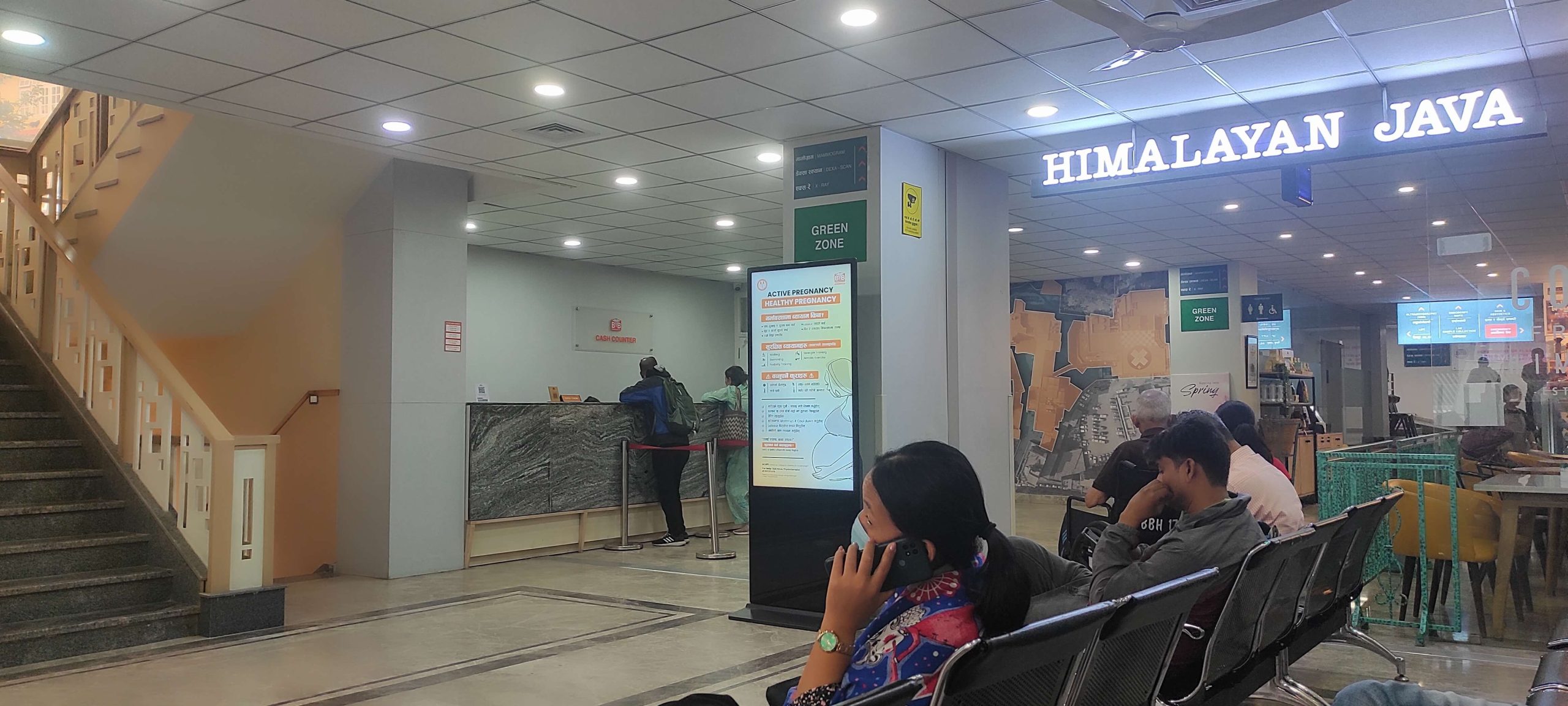I will be sharing my fellowship journey from my journal here. The posts will be backdated and hopefully I will catchup eventually. Dated: July 15, 2025 As I begin this fellowship training in Hip, Pelvi-Acetabulum, and Arthroplasty at B&B Hospital for one year, I felt like taking a step back…
Tag: Orthopedics
Section Editor: Dr. Sulabh Kumar Shrestha, MBBS, PGY1 Orthopedics

Bhandari’s Paradox : Patient’s expectation vs Surgeon’s choice (THR vs HRA)
In displaced femoral neck fractures in elderly, the two main treatment options are – Hemiarthroplasty (HRA) which is quicker, with a lower risk of dislocation and Total hip arthroplasty (THA) which provides superior long-term function and durability. Despite evidence favoring THA in many cases, actual surgical practices often lean heavily…
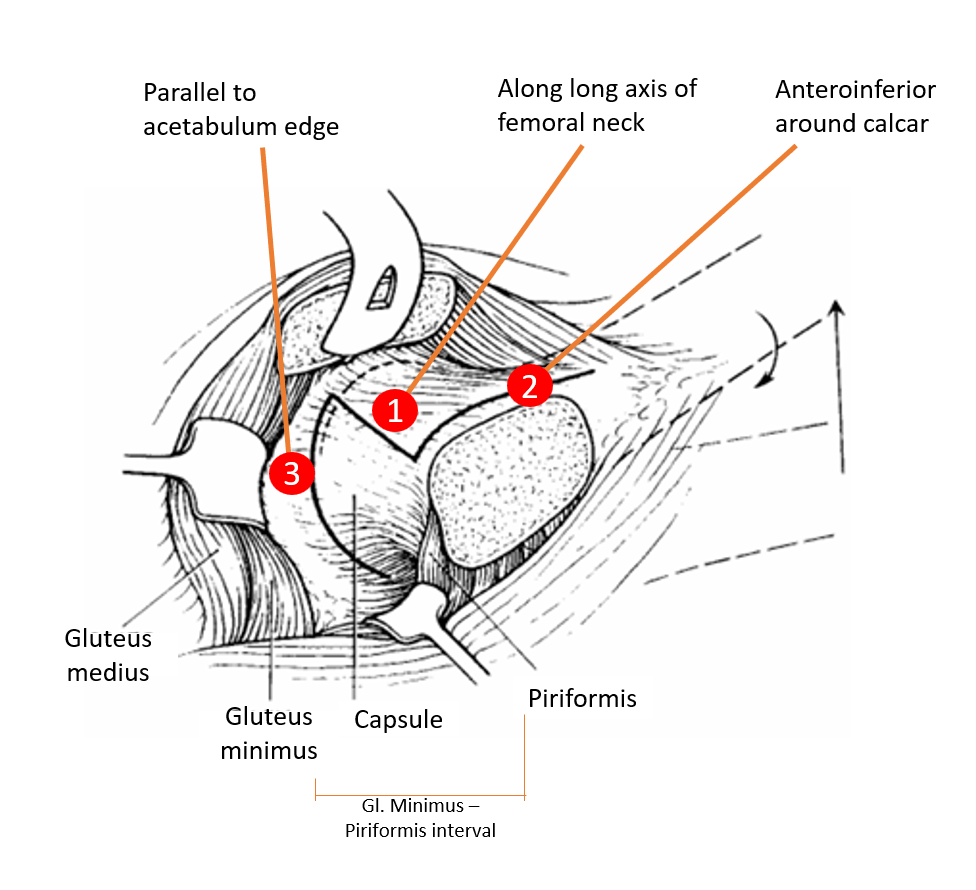
Safe Surgical Dislocation of Hip
Surgical Principles Relevant Course of MFCA Surgical Technique 1. Position: Lateral decubitus 2. Incision and approach: Traditional Kocher-Langebeck (KL) approach or Gibson interval (more anterior interval with posterior retraction of gluteus maximus muscle without violating it) 3. Trochanteric (Digastric slide) osteotomy: 4. Exposure: 5. Z-shaped Capsulotomy: 6. Hip Dislocation: 7….
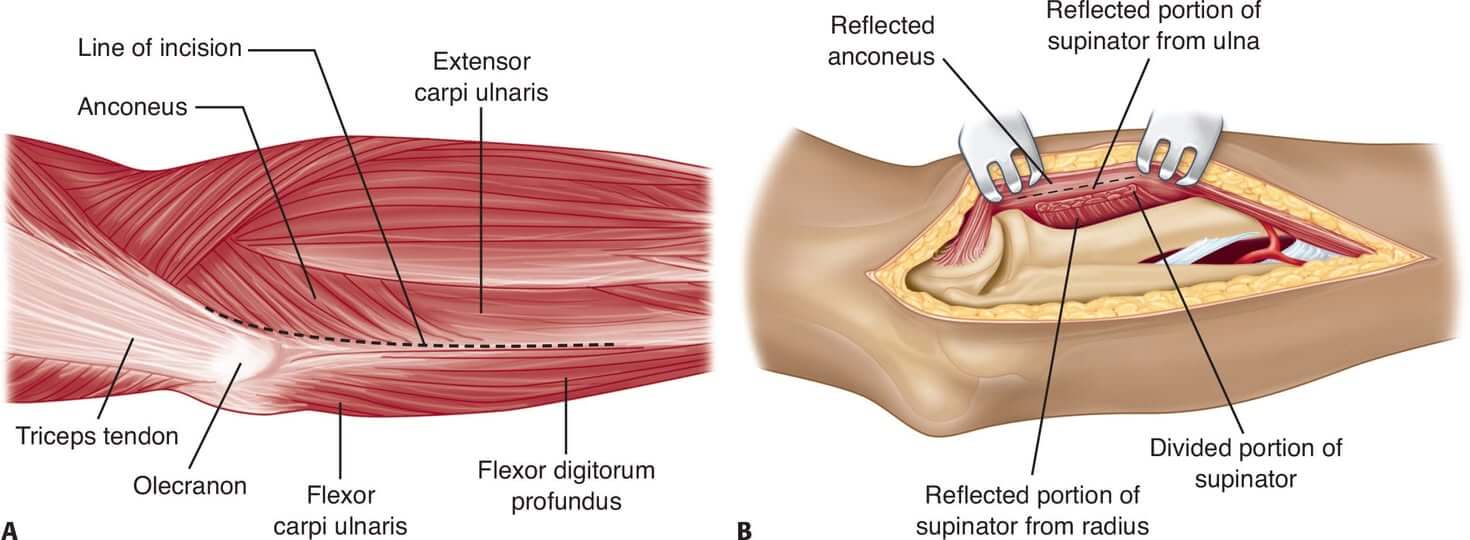
Boyd (Posterolateral) Approach to Elbow
Indications: Skin incision: Begin the incision just posterior to the lateral epicondyle and lateral to the triceps tendon, and continue the incision distally to the lateral tip of the olecranon and then down the subcutaneous border of the ulna to the junction of its proximal and middle thirds or as…

Sciatic Nerve Variations around Piriformis Muscle
Variations involving the relationship between the sciatic nerve and the piriformis muscle are commonly classified based on Beaton and Anson’s classification. Mnemonic: I Prefer Smart Anatomy For Perfect nerve-sparing Type Mnemonic Meaning Description Prevalence I I Inferior Undivided sciatic nerve passes below piriformis 87% II Prefer Piercing Peroneal pierces, tibial…
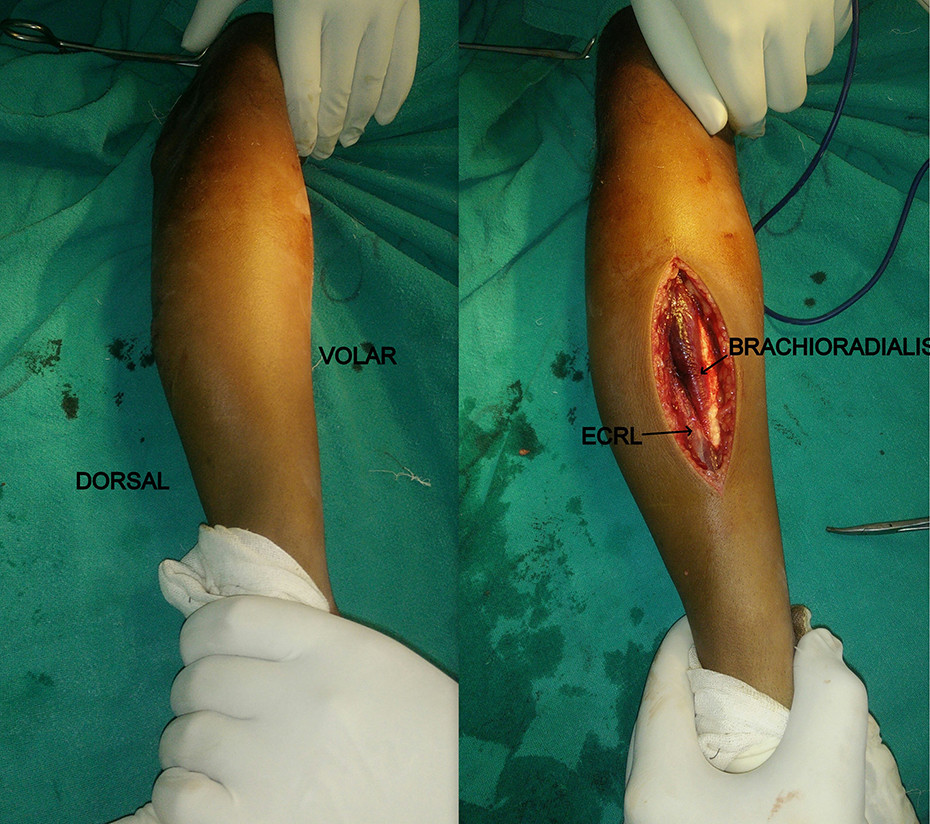
Direct Lateral Approach to Radial Shaft
Position: Elbow flexed 90 degree and forearm in mid-prone Landmarks: Skin incision: Centered over fracture in a straight imaginary line joining lateral epicondyle of humerus and tip of radial styloid Superficial dissection: Subcutaneous tissue and deep fascia are incised along the line of skin incision Deep dissection: Interval is developed…
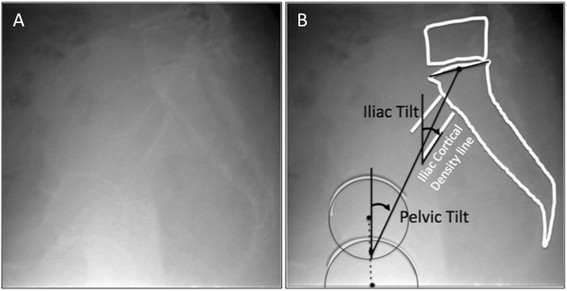
Iliac Cortical Density (ICD)
Synonym: Iliac Cortical Line Iliac cortical densities (ICD) are the overlap of the true pelvis posterior to the acetabulum which is used as a proxy for the slope of the sacral ala. Importance: The entry point should be anterior in S1 and inferior to the iliac cortical density (ICD), which…
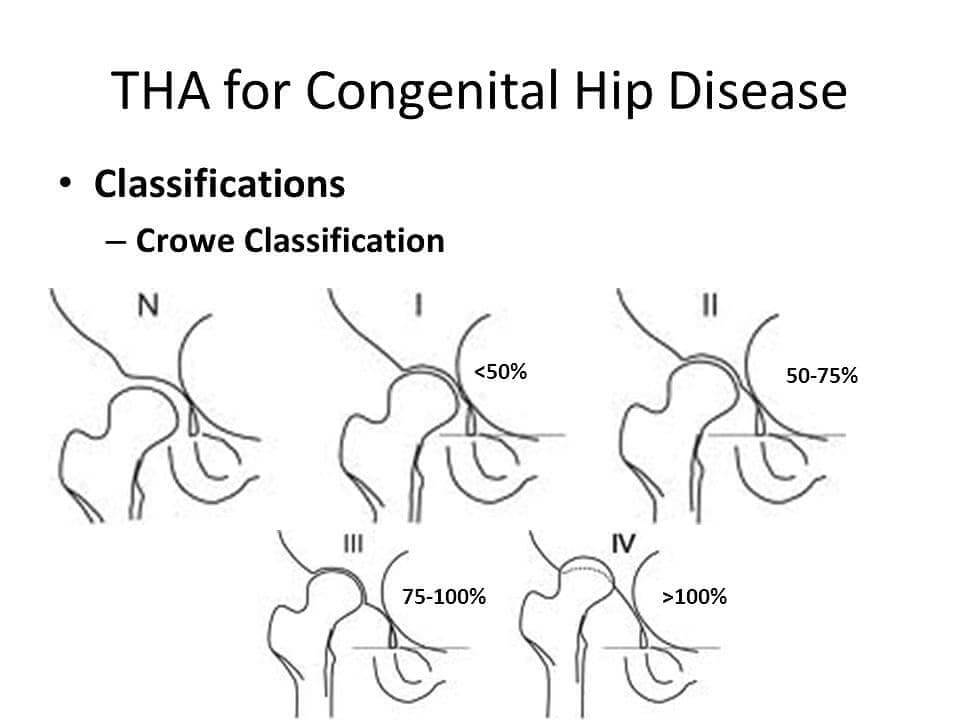
Crowe Classification in Adult Hip Dysplasia
Crowe Classification Class I: <50% subluxation or proximal displacement <10% of pelvic height Class II: 50-75% subluxation or proximal displacement 10-15% of pelvic height Class III: 75-100% subluxation or proximal displacement 15-20% of pelvic height Class IV: >100% subluxation or proximal displacement >10% of pelvic height and deficient true acetabulum…
